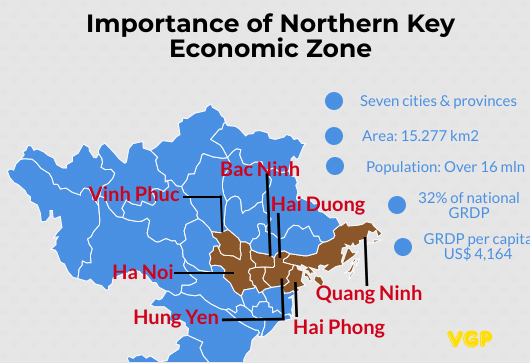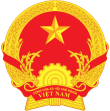Northern key economic zone must maintain leading economic engine status
VGP – Prime Minister Nguyen Xuan Phuc urged seven cities and provinces in the Northern key economic zone to continue maintaining its position as one of the two most dynamic and biggest economic engines of Viet Nam.
 |
The Northern key economic zones comprises of seven cities and provinces namely, Ha Noi, Hai Phong, Quang Ninh, Bac Ninh, Hung Yen, Hai Duong, and Vinh Phuc.
The region accounts for more than 32% of the country’s GDP but the ratio of service sector/economic structure decreased from nearly 51% in 2016 to 47% in 2018, PM Nguyen Xuan Phuc said.
Agricultural production remains scattered while industrial production has mainly expanded horizontally and focused on natural resources exploitation, the Government chief pointed out.
High-tech industries, auxiliary industries, logistics and high-quality services have not developed incommensurately with the region’s potential.
The links between foreign-invested and domestic businesses remained modest and nearly 65% of foreign investment flowed to highly preferential and labor-intensive sectors, Phuc said.
Ha Noi has been slow in developing satellite urban areas like Son Tay and Xuan Mai meanwhile Hai Phong and Quang Ninh have not been well invested to become national-level tourism destinations as planned.
 |
|
Prime Minister Nguyen Xuan Phuc addresses the meeting of the Northern key economic zone to seek ways to beef up the development of the region in Hung Yen province, June 25, 2019. Photo: VGP |
The Northern key economic zone needs to take the lead in scientific and technological development, innovation, and realization of the Government’s three strategic breakthroughs, especially economic restructuring.
The region also needs to clarify its development model based on digital economy and green growth and to promote the values of human resources and culture.
At present, Viet Nam has four key economic hubs, namely the Northern economic zone, the Southern economic zone, the Central economic zone, and the Mekong Delta economic zone, in which the first two are the biggest economic engines./.
By Ngoc Van
